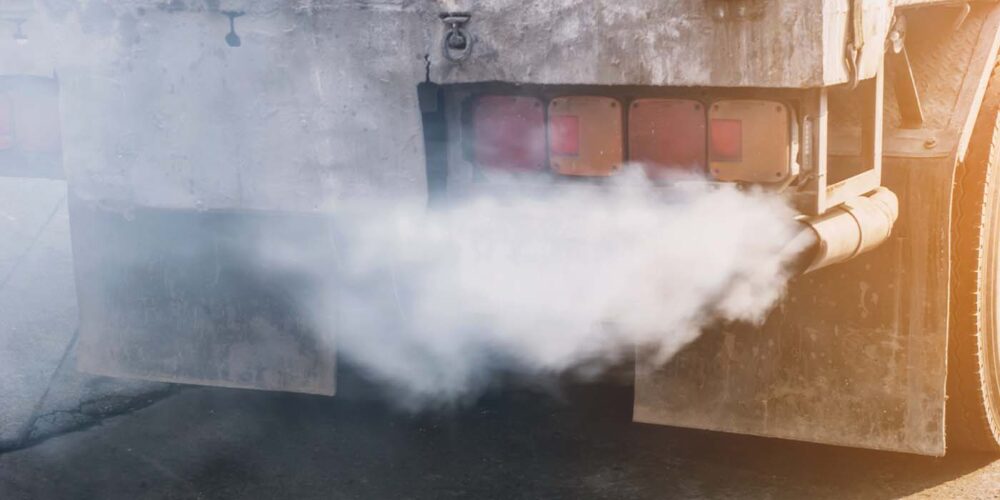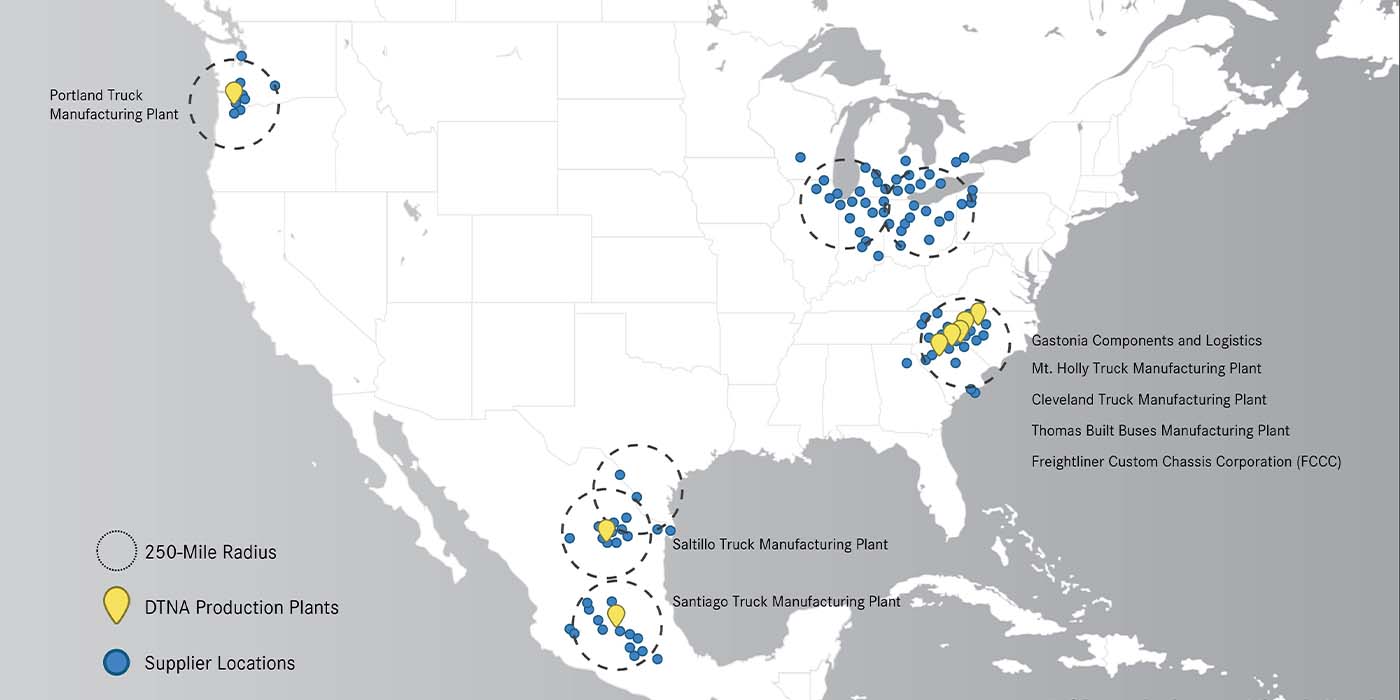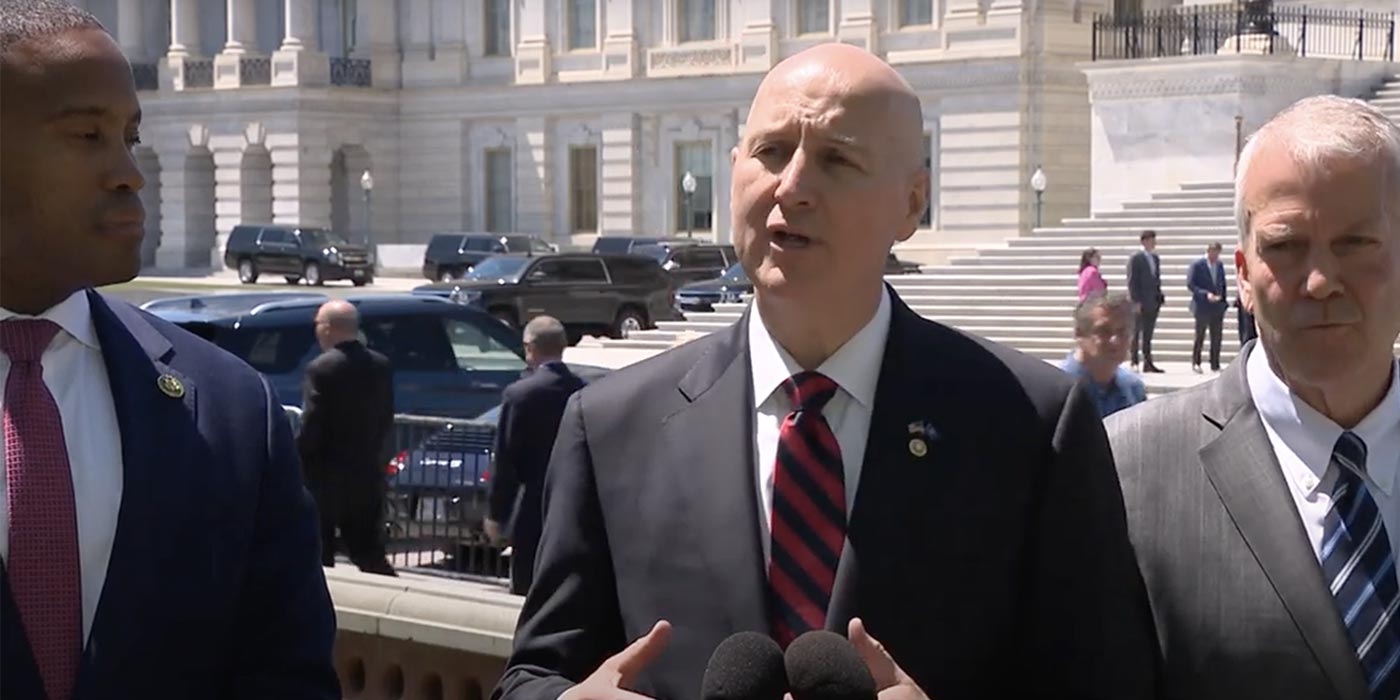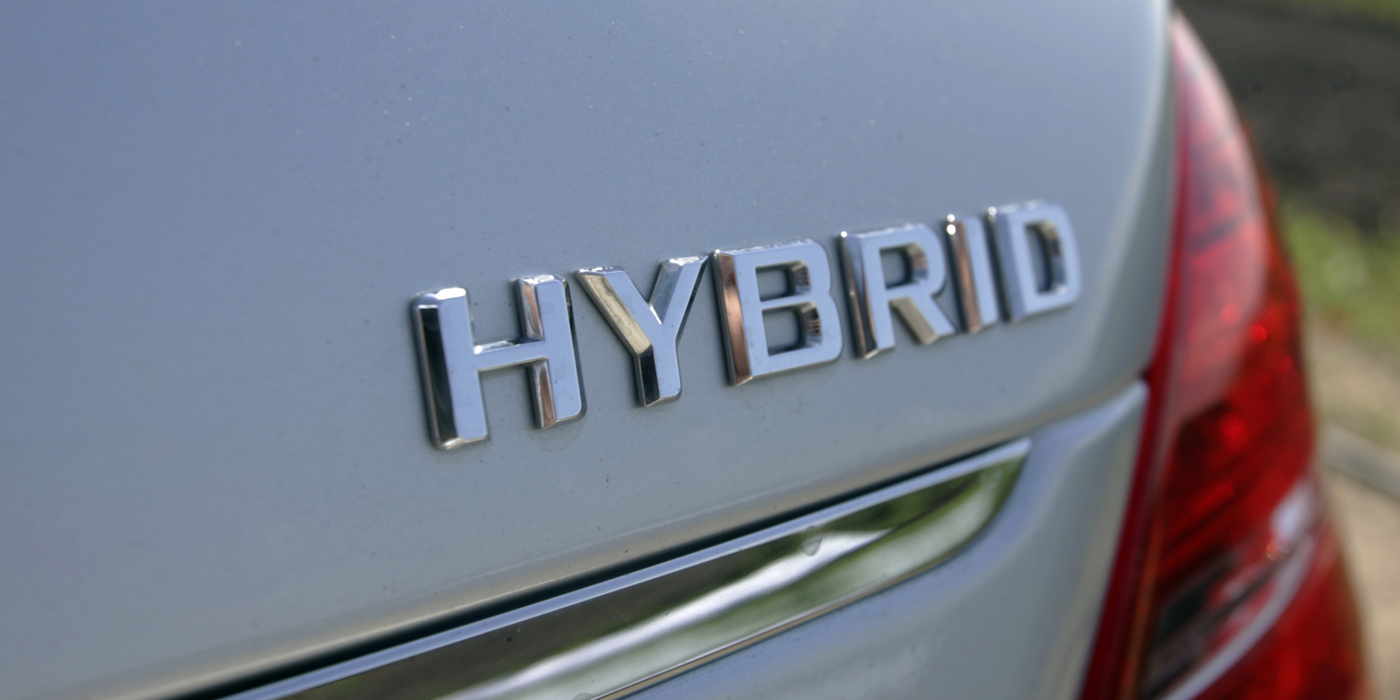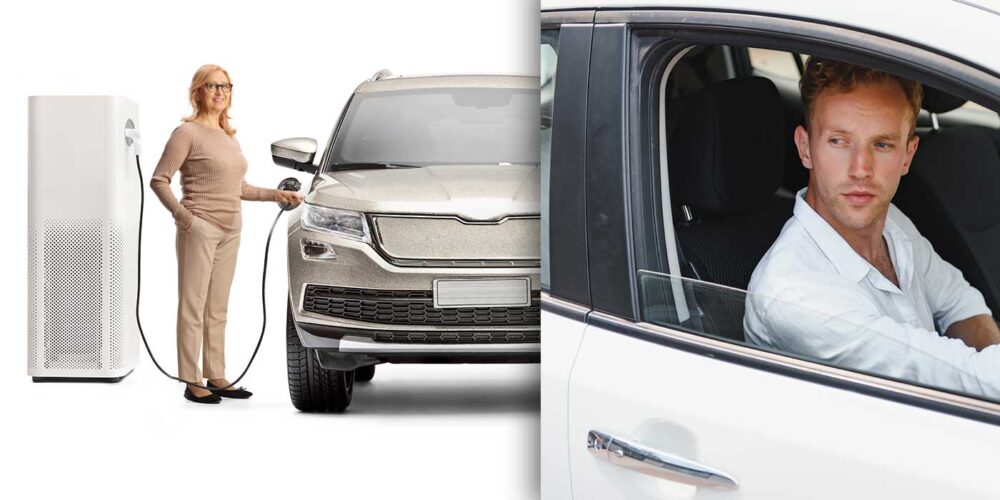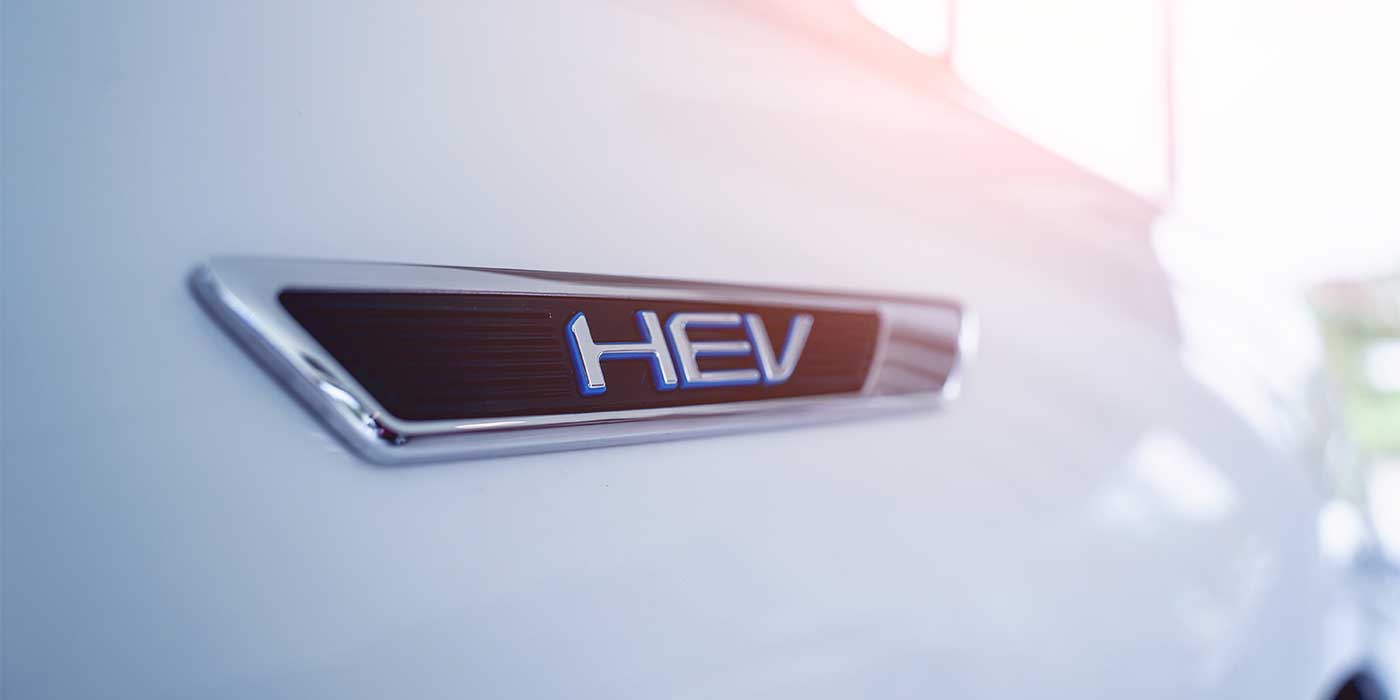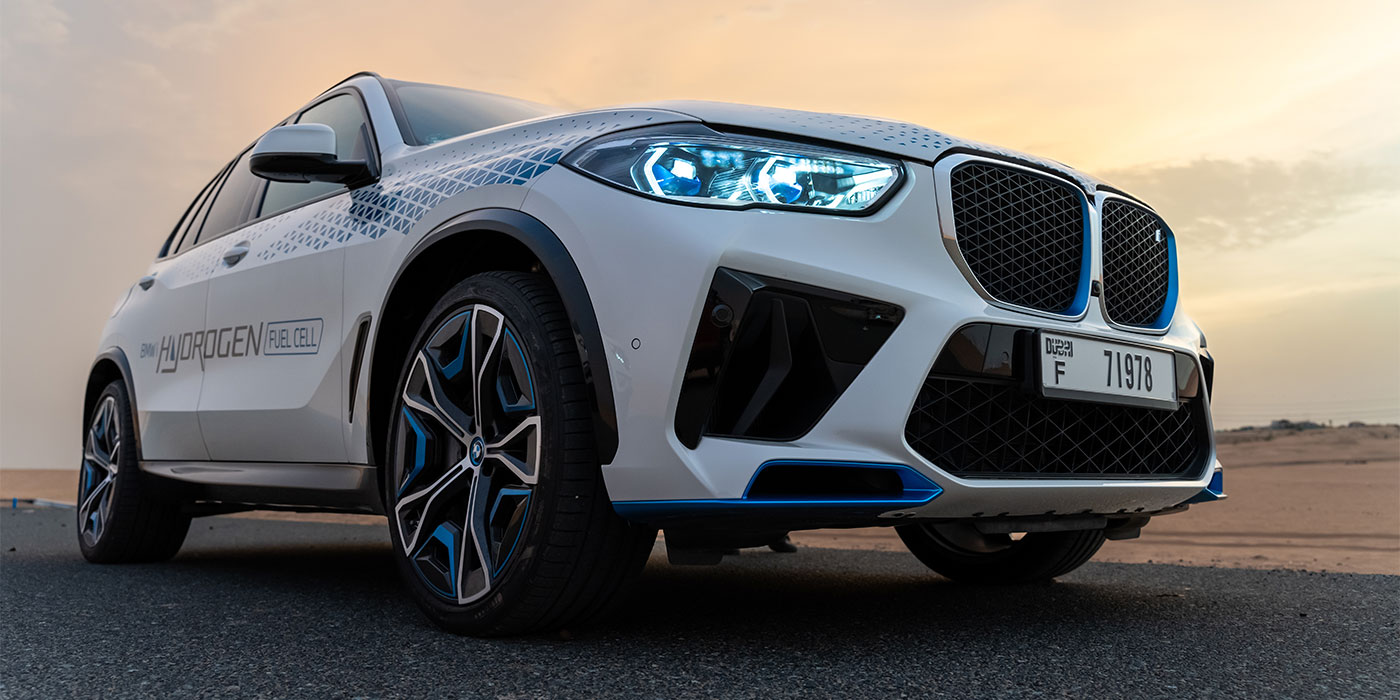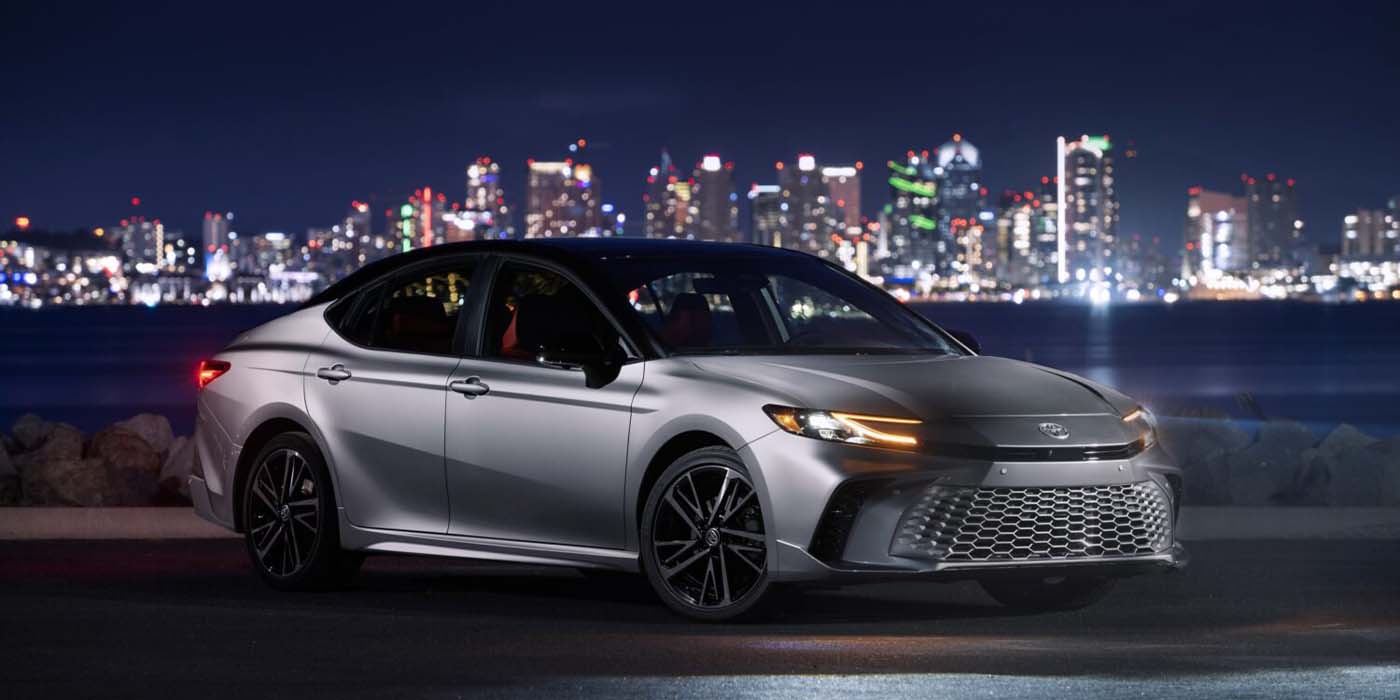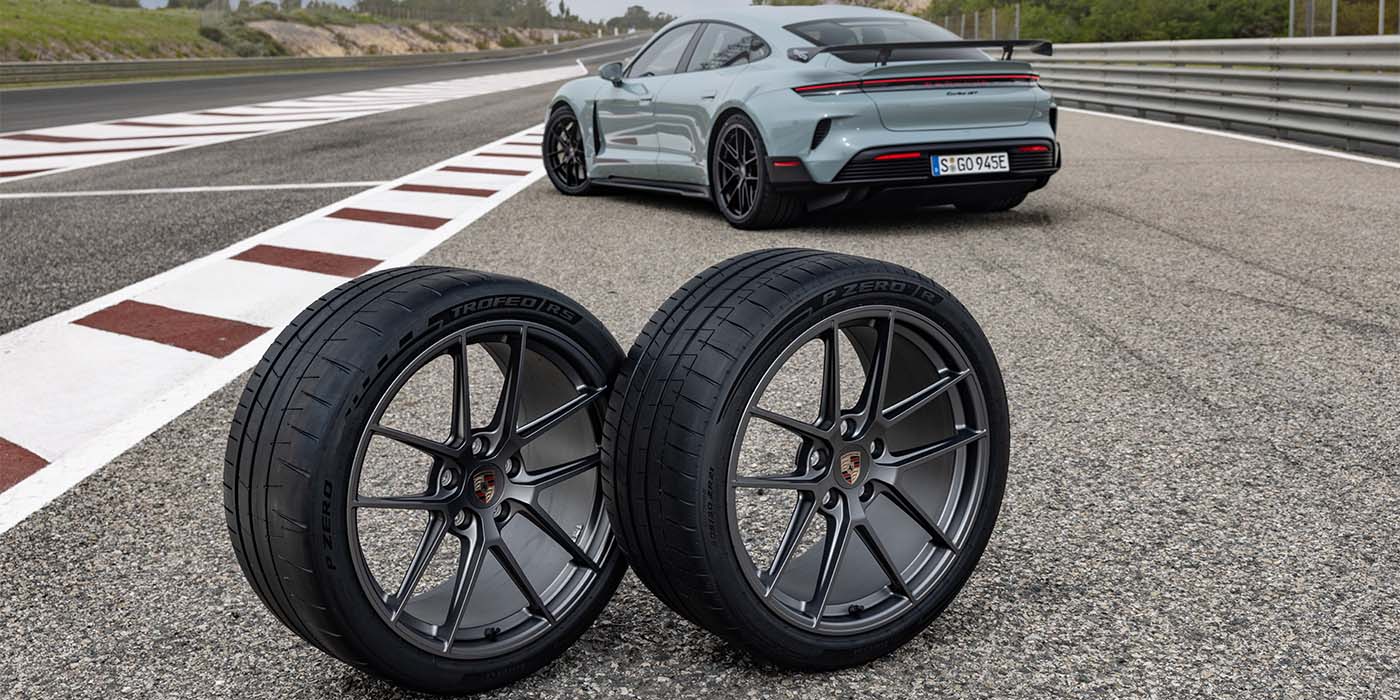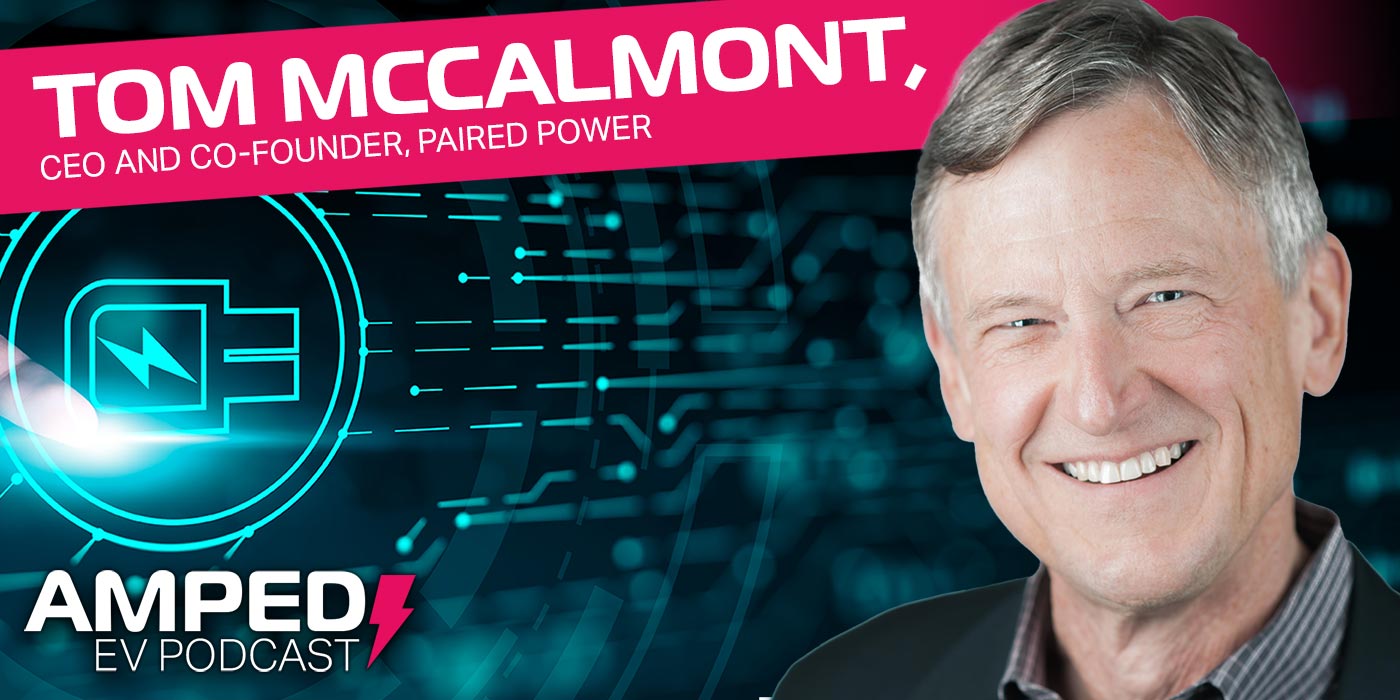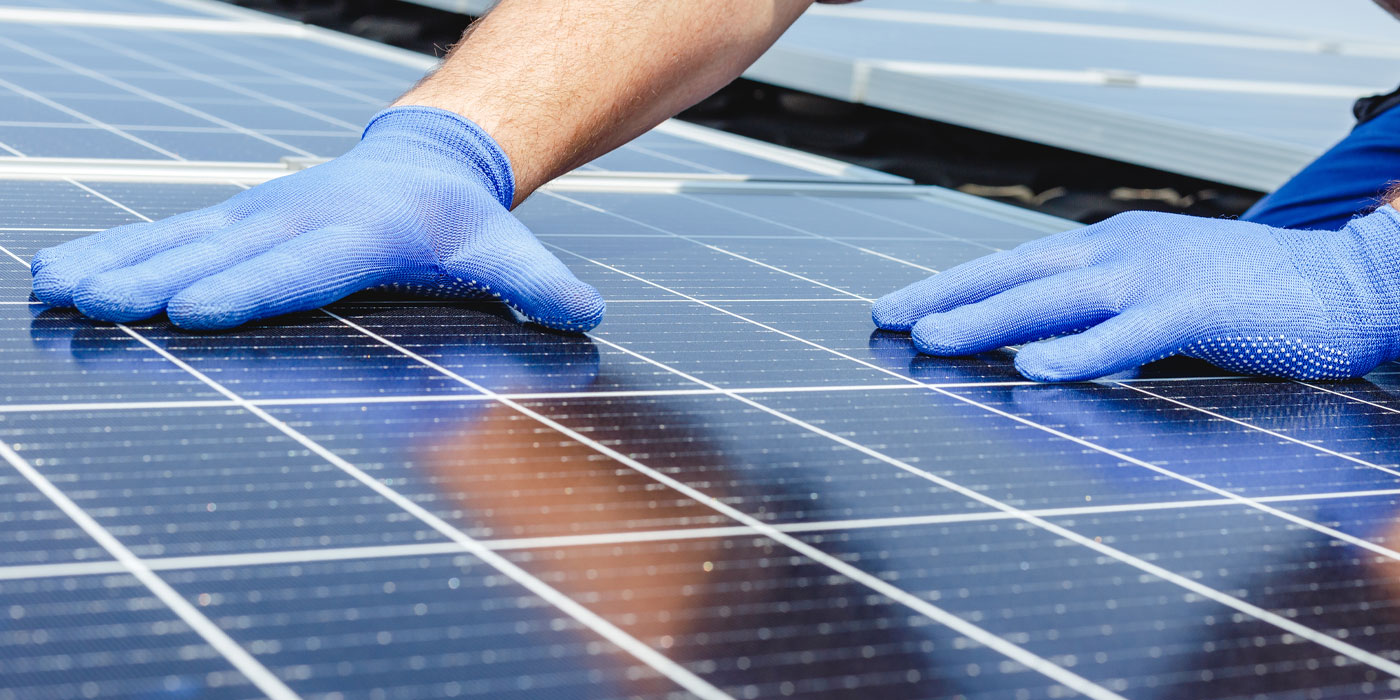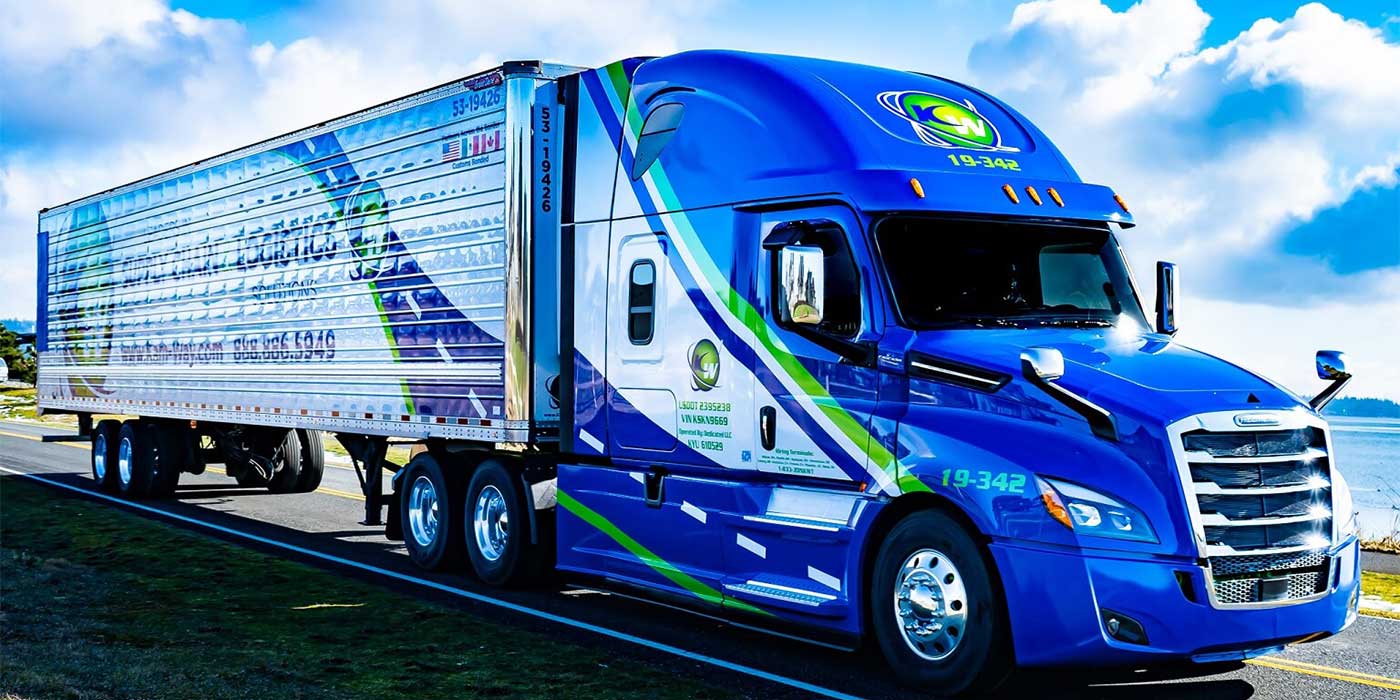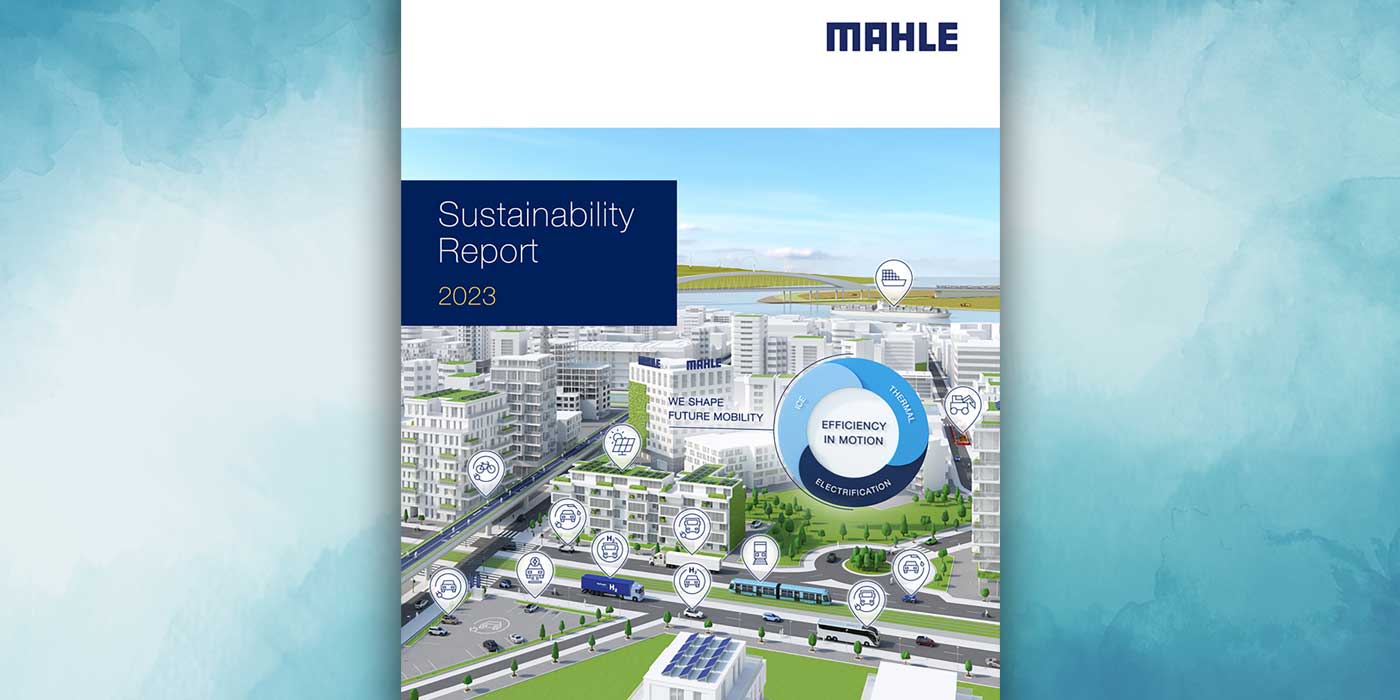On March 29, the U.S. Environmental Protection Agency (EPA) announced a final rule, “Greenhouse Gas Emissions Standards for Heavy-Duty Vehicles – Phase 3,” that sets stronger standards to reduce greenhouse gas emissions from heavy-duty (HD) vehicles beginning in model year (MY) 2027. The new standards will be applicable to HD vocational vehicles (such as delivery trucks, refuse haulers, public utility trucks, transit, shuttle, school buses, etc.) and tractors (such as day cabs and sleeper cabs on tractor-trailer trucks).
Representatives across the industry had varying opinions of the EPA’s final rule on this subject.
MEMA said it welcomes the EPA’s final rule for Greenhouse Gas Emissions Standards for Heavy-Duty Vehicles Phase 3 and supports the objectives of the EPA to improve national air quality through improvements to heavy-duty vehicles and applauded the agency for incorporating improvements to the rule as advocated by MEMA. The supplier industry directly designs and manufactures vehicle components and systems that enable the transformation of the mobility sector. MEMA said suppliers play an essential role in providing the technology inherent to advanced internal combustion engine vehicles, plug-in hybrid electric vehicles (PHEVs), battery electric vehicles (BEVs), as well as hydrogen fuel cell vehicles.
The EPA final rule includes an amended analysis of compliance pathways for a variety of propulsion technologies, including plug-in hybrid (PHEV), BEVs, hydrogen fuel cell electric vehicles (FCEV), hydrogen combustion (H2ICE) and other renewable fuel vehicles. MEMA said this should allow for more technologies to achieve compliance. According to MEMA, one item of note is the EPA’s decision to grant additional time for certain vocational vehicles to comply by allowing different classes varying amounts of compliance time and adjusting stringency accordingly. The EPA also relaxed stringency in the early years of the implementation timeline, while still achieving CO2 reductions.
EPA will also allow trading and averaging of compliance within some classes, to further enable fleet compliance despite individual application and vehicle challenges. MEMA had raised points concerning credit multipliers, which the EPA has now stated will be phased out gradually over time. MEMA said it welcomes these changes and believes that they will contribute toward a more balanced and holistic standard.
As for the Clean Freight Coalition, its executive director, Jim Mullen, issued a statement on behalf of the Coalition regarding the EPA’s final Greenhouse Gas Emissions Regulations for Heavy-Duty Vehicles-Phase 3 rule.
“The members of the Clean Freight Coalition have a long history of collaborating with federal regulators on sound regulations that support environmental improvements at the right speed,” Mullen said. “However, our members oppose the EPA’s final Greenhouse Gas Emissions Regulations for Heavy-Duty Vehicles-Phase 3 rule – a regulation that will require the adoption of zero-emissions commercial vehicles at a pace that isn’t possible due to the limits of today’s technology.”
He explained that heavy-duty vehicles fail to meet the operational demands of many motor carrier applications, reduce the payload of trucks and thereby require more trucks to haul the same amount of freight, and lack sufficient charging and alternative fueling infrastructure to support adoption. In addition, he said battery electric motorcoaches have a reduced range and capacity compared to diesel buses.
“The GHG Phase 3 rule will have detrimental ramifications to the commercial vehicle industry, many small and large businesses, commercial vehicle dealers and their customers,” he said. “A recent study contracted by the CFC demonstrated that fully electrifying the nation’s medium- and heavy-duty commercial vehicles will cost motor carriers $620 billion in charging infrastructure alone. That does not include the vehicle cost which increases by 2-3 times compared to a diesel truck. For example, today’s diesel class 8 truck costs roughly $180,000 compared to an electric truck’s price tag of $400,000, and for motorcoaches, today’s diesel costs $600,000 compared to $1.5 million for battery electric – costs that will ultimately be borne on the backs of consumers.
“Rather than mandating a new technology that carries with it exorbitant costs and operational concerns, policymakers should support lower carbon alternatives to diesel fuel that are currently commercially viable (such as biodiesel and renewable diesel). These lower carbon fuels will allow EPA to make progress on emissions today, while the industry implements longer-term options. Mandating a transition to technology that is decades away from being viable at scale will keep older, less environmentally friendly commercial vehicles on the road longer, stunting the carbon reduction progress EPA seeks.”

